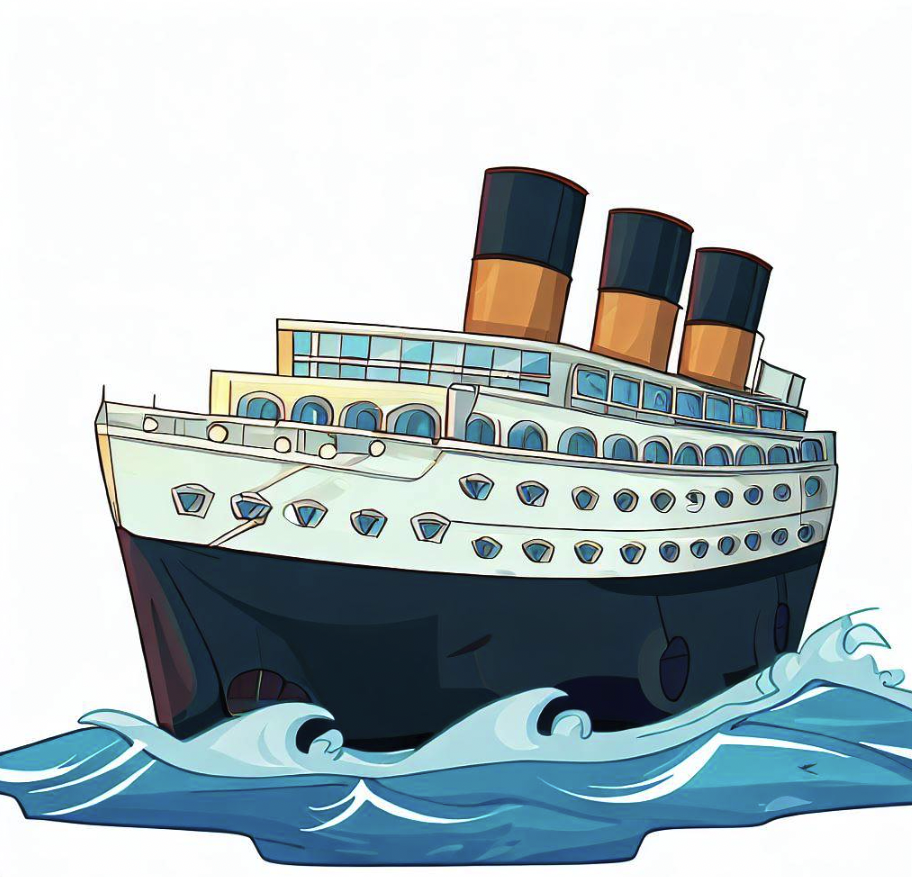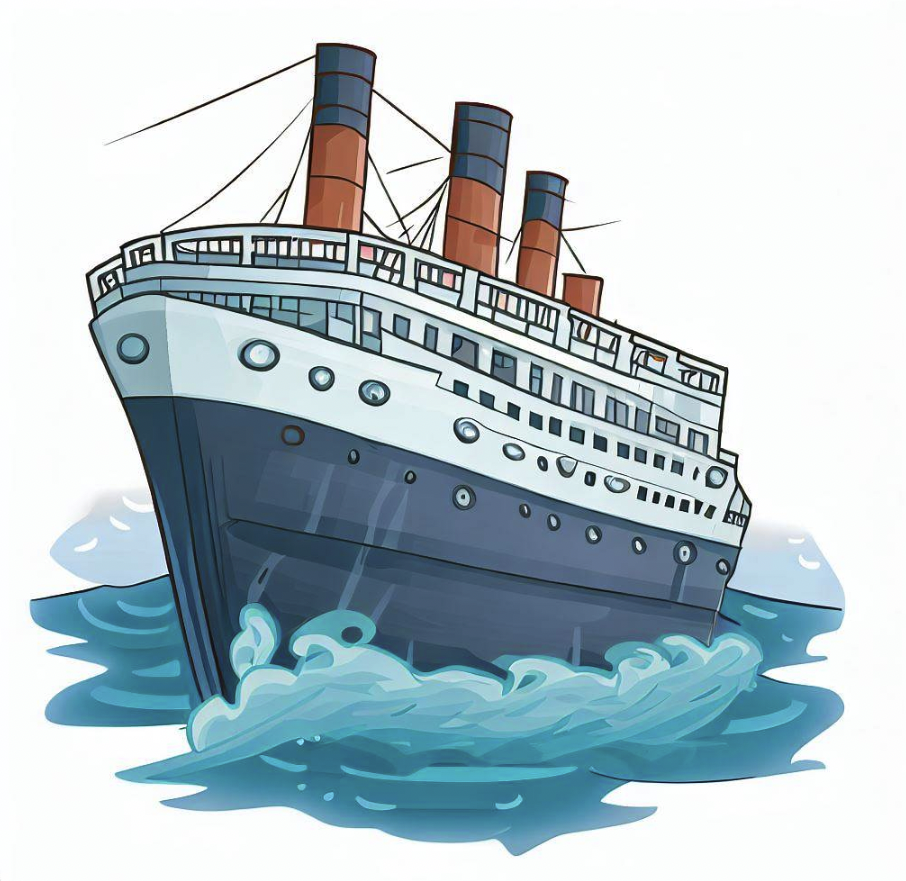The tragic sinking of the RMS Titanic on April 15, 1912, captivated the world’s attention and claimed the lives of over 1,500 people.
Despite numerous efforts to locate the iconic shipwreck over the years, it wasn’t until 1987 that a joint American-French expedition, led by Dr. Robert Ballard, finally discovered the resting place of the “unsinkable” Titanic.
The question remains: why did it take so long to find the Titanic wreck?
Let’s look at the challenges and breakthroughs that eventually led to this historic find.
Table of Contents
1. Inaccurate Recording of the Titanic’s Coordinates
One of the primary reasons for the prolonged search was the inaccurate recording of the Titanic’s coordinates during its final moments.
Survivors’ testimonies and wireless transmissions indicated that the ship went down approximately 375 miles southeast of Newfoundland.
However, the technology and navigational instruments available at the time were far less precise compared to modern standards.
Consequently, the recorded coordinates were imprecise, leaving a vast area of the North Atlantic Ocean to be searched.
2. Technological Limitations of the Early Exploration Attempts
In the decades following the Titanic’s sinking, several attempts were made to locate the wreck, but they were hindered by technological limitations.
Early search efforts relied heavily on sonar systems that were not capable of accurately mapping the ocean floor at great depths.
Additionally, the majority of these exploratory missions were primarily focused on locating survivors and recovering bodies, rather than discovering the ship itself.
These limitations made it challenging to conduct thorough searches in the vast expanse of the ocean.
3. The Sheer Depth and Immense Size of the Titanic
The Titanic’s final resting place lies approximately 12,500 feet beneath the surface of the North Atlantic Ocean.
The immense depth posed significant challenges for explorers attempting to locate the wreck.
The extreme water pressure and darkness at such depths required specialized equipment and advanced submersibles.
Until the development of deep-sea technology capable of withstanding these conditions, it remained virtually impossible to explore and locate the Titanic wreck.

4. The Quest for Funding and Prioritization
The search for the Titanic required substantial financial resources, making funding a crucial factor in the delay of the discovery.
Over the years, several individuals and organizations expressed interest in locating the wreck, but securing adequate financial support proved to be a challenge.
Additionally, the tragedy’s historical significance had not yet garnered widespread recognition during the early years, leading to a lack of prioritization in funding expeditions solely dedicated to locating the Titanic.
5. A Breakthrough in Technology and Collaboration
The breakthrough in locating the Titanic wreck came in 1985 when Dr. Robert Ballard, a renowned oceanographer, and his team at the Woods Hole Oceanographic Institution received funding from several sources, including the United States Navy.
Ballard’s innovative vision combined with cutting-edge technology paved the way for success.
Utilizing a remotely operated vehicle (ROV) called Argo and a side-scan sonar system, Ballard and his team conducted a methodical search of the ocean floor.
Two years later, on September 1, 1987, they discovered the wreckage of the Titanic lying on the seabed.
6. The Legacy of the Titanic’s Discovery
The discovery of the Titanic wreck in 1987 marked a historic milestone in the realm of deep-sea exploration.
It not only revealed the final resting place of a legendary ship but also opened up new avenues for underwater research and archaeological studies.
The subsequent expeditions and investigations have provided valuable insights into the conditions of the wreck and the events surrounding the Titanic’s tragic demise.
Unveiling the Past and Preserving the Legacy
The long journey to finding the Titanic wreck was plagued by a combination of factors such as imprecise coordinates, technological limitations, immense depths, funding challenges, and prioritization issues.
However, the perseverance of individuals like Dr. Robert Ballard and advancements in deep-sea exploration technology ultimately triumphed, unraveling the mystery of one of history’s most iconic disasters.
The discovery of the Titanic’s final resting place stands as a testament to humanity’s indomitable spirit of exploration, pushing the boundaries of our knowledge and preserving the legacy of a bygone era.
As we continue to unlock the secrets of the deep, the story of the Titanic serves as a reminder of the importance of preserving our past and learning from the lessons of history.


